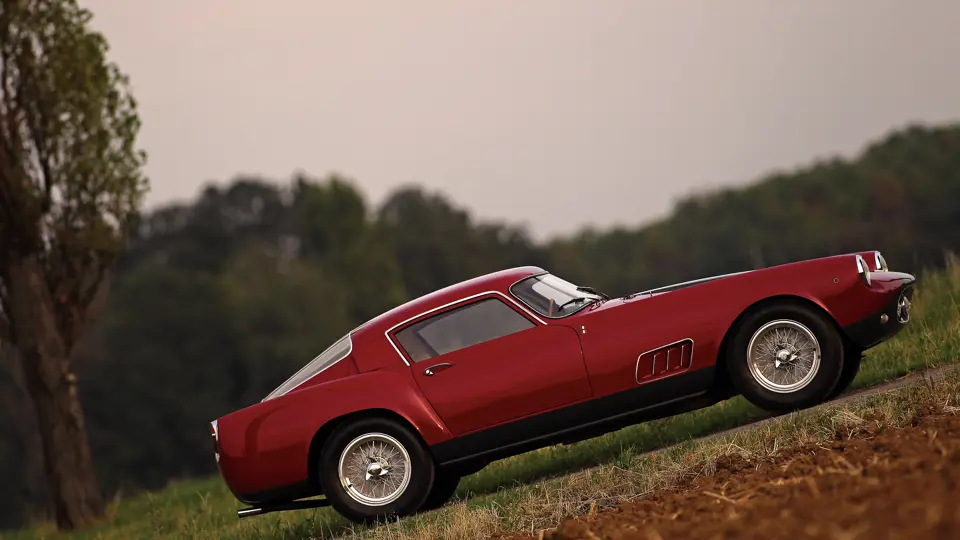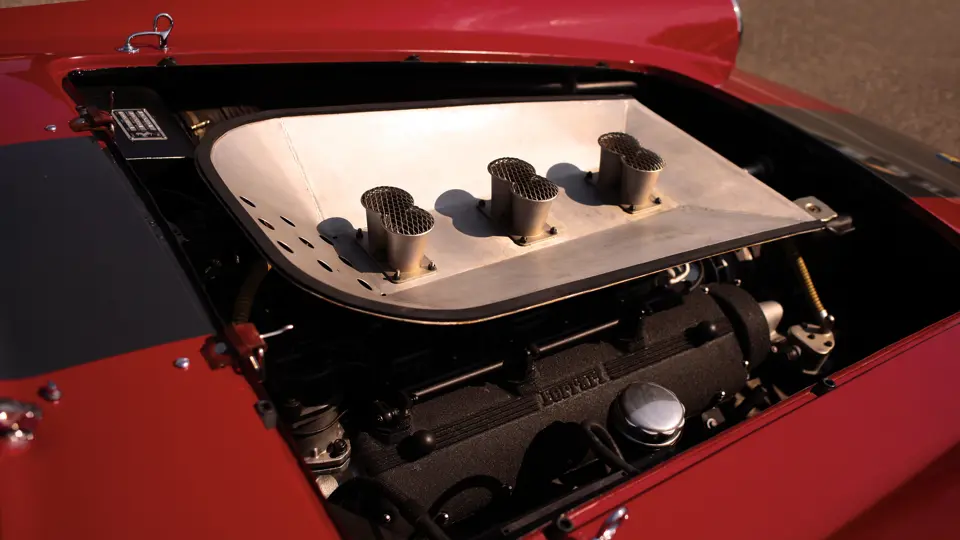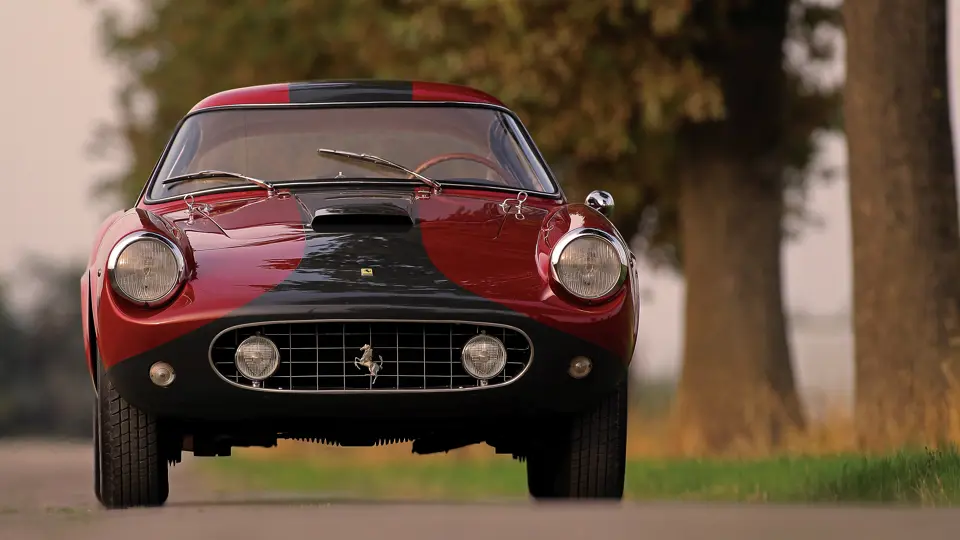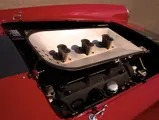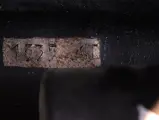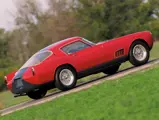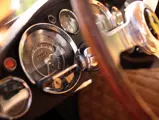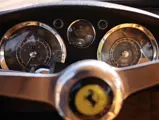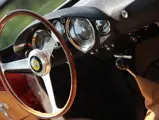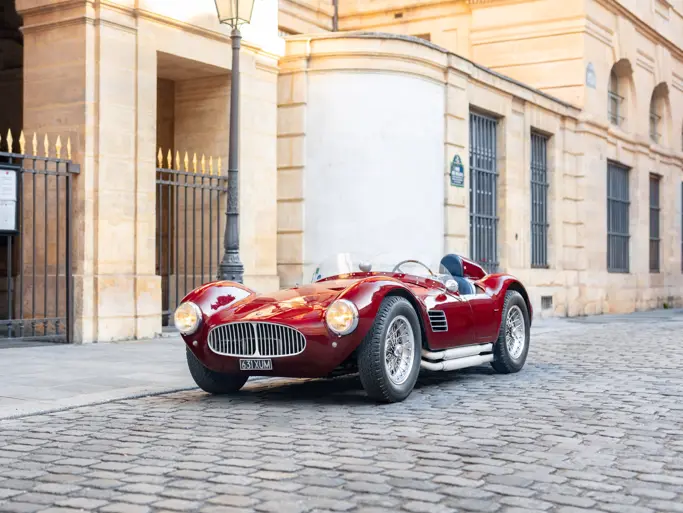247 bhp, 2,953 cc single overhead camshaft V-12 engine with three Weber 36 DCL3 carburettors, four-speed all-synchromesh manual gearbox, independent front suspension with unequal-length A-arms and coil springs, live rear axle with semi-elliptic leaf springs and parallel trailing arms, and four-wheel drum brakes. Wheelbase: 102.4 in.
• The 30th of 36 fourth-series single-louver TdF examples
• One of approximately nine late open-headlamp cars
• Racing history including multiple First in Class finishes
• A true ’50s competition alloy bodied Ferrari berlinetta
Of all of Ferrari’s series-produced berlinettas, none can compare to the car that started it all, the 250 GT long-wheelbase berlinetta from 1956–1959. The dual-purpose road/race car’s 2,600-millimetre wheelbase became the foundation for numerous 250 GT series that followed, and the long-running Colombo 2,953-cubic centimetre V-12 was never in a more ferocious state of tune than in the beautifully styled long-wheelbase berlinetta.
Mechanical considerations aside, the 250 GT berlinetta’s sensational Scaglietti bodywork, designed by Pinin Farina, conveyed pure racing gravitas veiled in unequalled sporting elegance. This was a car that looked every bit the part, a role that was conceived by management to revive less-dangerous sports car racing following the Le Mans disaster of 1955. One of the earliest 250 GT berlinetta examples, chassis number 0557GT took 1st place at the 1956 Tour de France, a new multi-day 3,600-mile course that consisted of six circuit races, two hill climbs, and a drag race. The victory was exactly what Ferrari management had been hoping for, and they were only too happy to give their tacit approval of the moniker “Tour de France” to unofficially describe the car. The TdF nom de guerre soon proved to be quite apropos, as Olivier Gendebien drove one to 1st overall at the French race for the next three consecutive years.
The 250 GT LWB TdF bodywork steadily evolved during production and is now classified in four distinct series, most easily characterized by the rear c-pillars, or sail panels. Of 79 total TdF examples made between 1956 and 1959, the first 14 cars had no vents in the sail panel. Nine second-series cars featured 14 louvers on the sail panel, followed in mid-1957 by 18 cars with three vents on the sail panel, and a revised nose featuring recessed, covered headlamps. Starting in 1958, a final, fourth series with single-vent sail-panels was produced in a quantity of 36 examples.
In very early-1959, the LWB TdF received one final subdivision of minor modifications before giving way to an interim body suggestive of the forthcoming 250 GT SWB. This first group of 1959 250 GT examples was actually a subset of the 1958 fourth-series cars that featured one sail panel vent, to which they added uncovered headlamps mandated by a change in Italian regulations. The new uncovered lights were also adorned with chrome bezels, a decorative cue hinting at the berlinetta’s evolving identity as an elegant road car. A small handful of these 12 cars that were built for export were ordered with covered headlamps, reducing the known total of 1959 uncovered-headlamp series-four TdFs to approximately nine examples.
Though the aesthetic merits of each of the TdF series are highly subjective—every tifosi has his favourite—many enthusiasts would argue that this final muscularly haunched, uncovered-headlamp iteration was the best-looking TdF of all. These twelve cars, comprising chassis numbers 1143GT through 1401GT, marked the final incarnation of the revered Tour de France, which was soon replaced by an interim body that yielded the 250 GT SWB at the Paris Salon in October.
Chassis 1335GT is believed to be the sixth of twelve TdF examples built in 1959, and the 30th of 36 overall single-vent sail panel examples. According to a copy of the original build card, this Ferrari’s engine, internal number 0292 D, was built on 4th April 1959, slated as a special competition version of the Tipo 128D motor. Specifications included Borgo pistons for higher compression, special Tipo 130 camshafts, a six-blade cooling fan, Weber 36 DCL3 carburettors with trompette tips, and no air filter. Tested on 20th April, the engine developed over 247 metric horsepower and almost 260 foot-pounds of torque, performance figures that bear out the motor’s upgraded racing components.
Chassis 1335GT was sold new on 23rd April 1959 to Casimiro Toselli, a resident of Torino who had plans for an immediate racing campaign for the rakish TdF. On 3rd May 1959, Mr Toselli entered the Ferrari in the VI Coppa Sant’ Ambroeus at Monza, finishing 2nd in the GT class. The car’s exploits in this race were photographically captured in the 1959 Ferrari Yearbook. Two more second-place finishes in the GT class, at the VI Bolzano-Mendola hill climb on 5th July, and at the Garessio-Colle San Bernardo hill climb on 19th July, were followed by a 6th overall and Third in Class finish at the XIX Trieste-Opicina hill climb on 26 July.
Mr Toselli obviously honed his craft during the off-season, as 1960 seemed to produce consistently better results, beginning with a 2nd place finish in the GT class on 3rd April 1960 at the Stallavena-Boscochiesanuovo hill climb. On 14th May, at the Circuito di Posillipo, Mr Toselli finally finished 1st in the GT class, a chequered-flag victory he repeated on 5th June at the XXII Coppa Consuma hill climb. A 2nd overall finish at the Garessio-Colle San Bernardo hil lclimb on 17th July was followed by another First in Class on 28th August at the Sassi-Superga hill climb. In a competition swansong, 1335GT finished 3rd overall at the XI Coppa Inter-Europa at Monza on 4th September 1960, punctuating a dominant 1-2-3 finish by TdFs.
In 1962, no longer competitive on the racing circuit, 1335GT was sold to its second owner of record, Dario Vico, of Torino. Mr Vico retained the TdF for two years before selling it on 29th April 1966 to Carlo Maggiore, a fellow Torinese resident who in turn sold the car almost two years later to Ettore Buzzi. On 25th March 1968, Mr Buzzi registered the rare Ferrari in the name of his dealership, SCAT, which stood for Societa Commercio Autoveicoli Torino.
In May 1973, this 250 GT berlinetta passed to Giovanni Litrico, of Torino, before being acquired in 1975 by Bruno Riccardi, of Brescia. The car was then purchased in early-1977 by an American businessman living in Milan, Marvin Emery Collins, of Oakland, California, who soon sold it to Albert Obrist, known for building one of the most important collections of Ferraris ever assembled.
In 1980, 1335GT found lasting ownership when acquired by Giorgio Schon and Giorgio Ambrogetti, of Torino, the car’s ninth owners of record. As the official Ferrari agent of Milan, Mr Schon was well suited to serve as a long-term conservator, a role he commenced by entering the car in the historic races at Monza on 12th April 1981. Later that year, Mr Schon bought out Mr Ambrogetti’s interest in the Ferrari, becoming the car’s sole owner.
Spotted in the paddock at the historic races at Monza in 1987, 1335GT then participated in the Mille Miglias of 1988 and 1989. In 1995, the TdF was seen at the Tutte le Ferrari a Mugello Shell Ferrari/Maserati Challenge Finals at Mugello; while in April 1997, it competed in the Tour de France, completing a circuitous 30-year journey back to its namesake race. A month later, 1335GT was shown by Mr Schon at the 50th anniversary of Ferrari events in Rome and Maranello, while in November, the car participated in the Tutte le Ferrari in Sicilia event held in Pergusa, Sicily.
In 2002, 1335GT was acquired by London-resident Reza Rashidian, who eventually sold the car to the consignor, a collector in Brescia. Since then, this Ferrari berlinetta has been extensively restored and now features a premium bare-metal paint finish, as well as an all-new proper interior in beige Connolly leather. The exacting standards of this work have completely renewed the dashing TdF to a stunning level of elegance, truly demonstrating just how handsome this brutish competition car really is.
Beckoning future ownership to indulge in spirited vintage touring, or a run at the competitive show circuit, this beautiful and rare 250 GT TdF is a well-documented example with demonstrated racing history. The car’s unusual competition-spec engine further elevates its provenance, which, as one of the most collectable series-built Ferraris of all time, is already quite considerable. Exactingly restored and stunningly presented, this highly desirable piece of Ferrari history offers both great performance and aesthetic beauty, and it would be the crowning piece of any Ferrari collection.





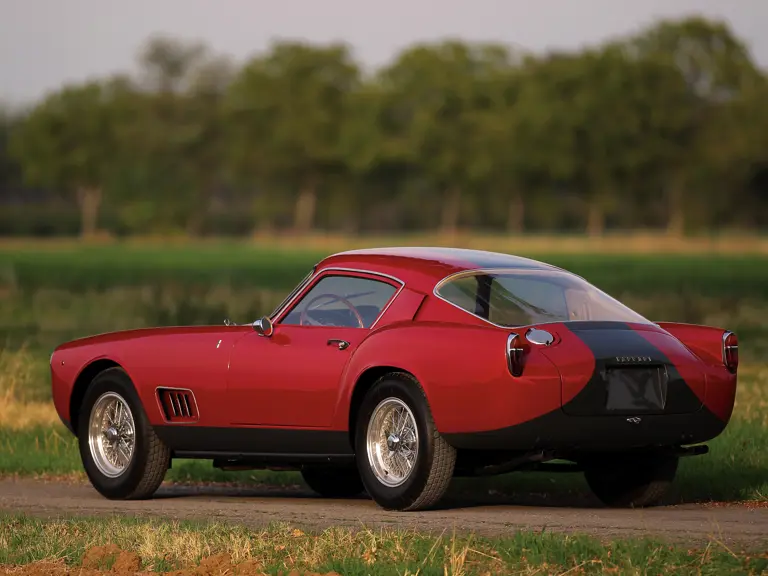
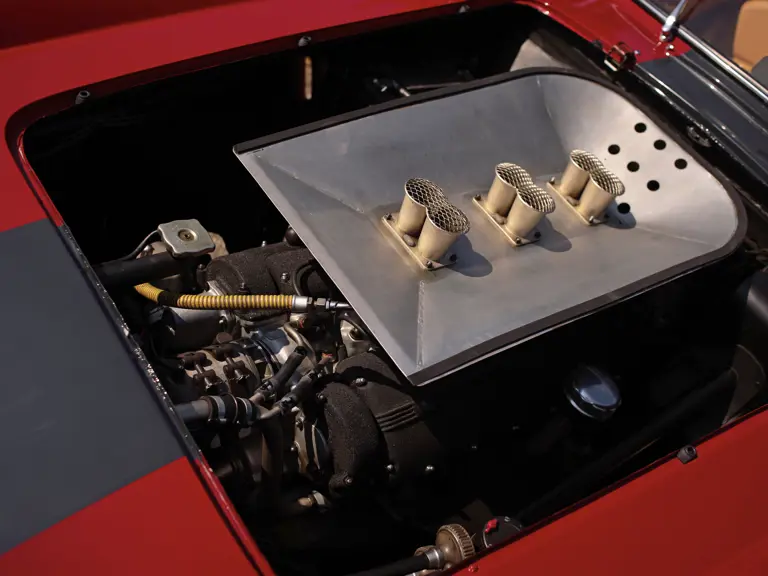
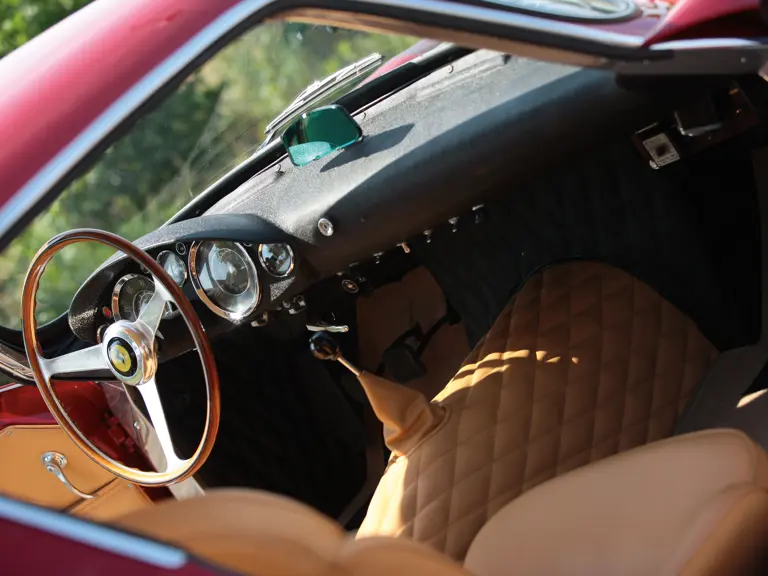
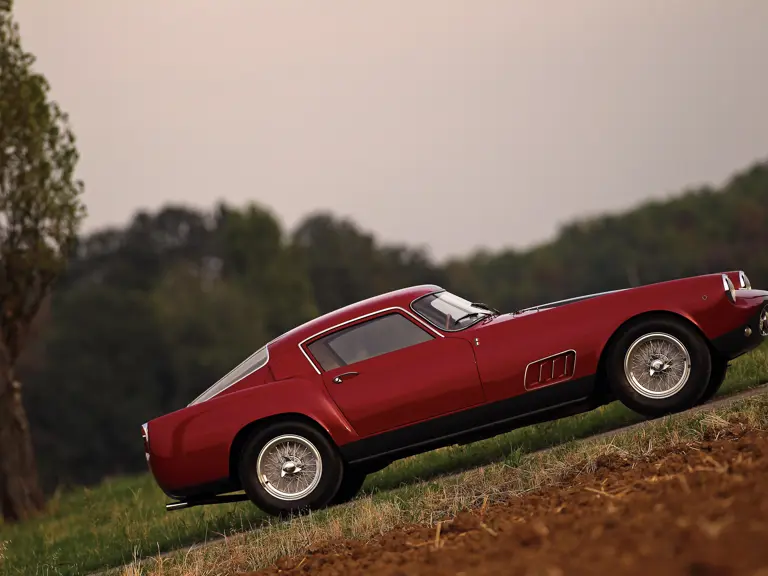

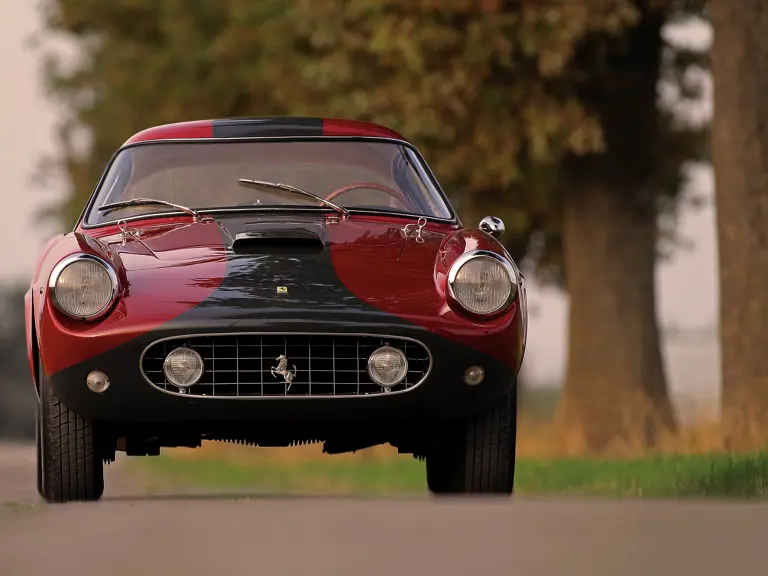
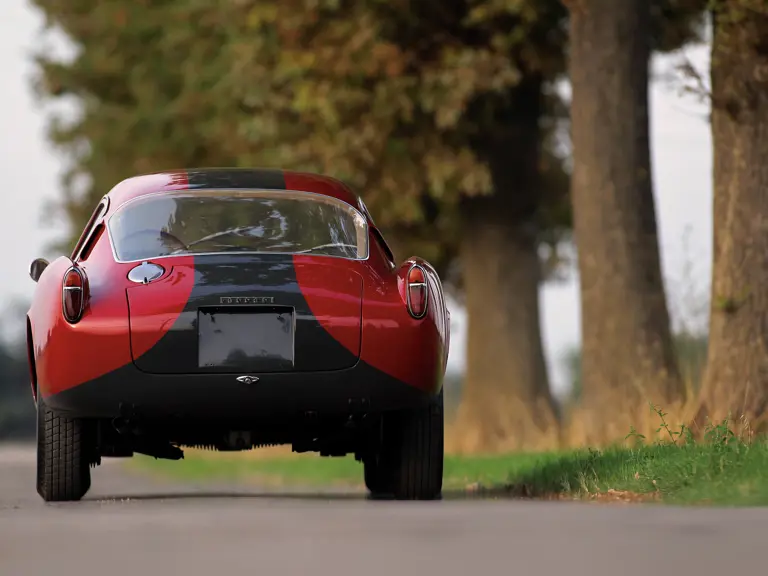


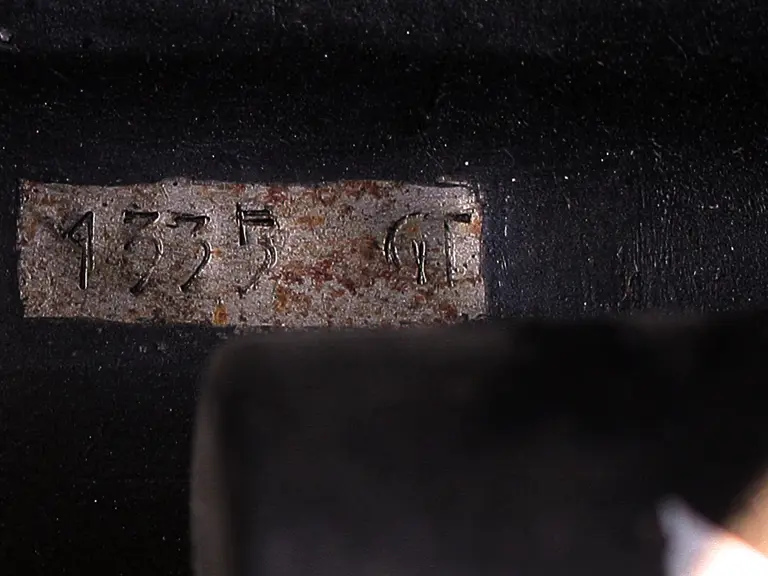

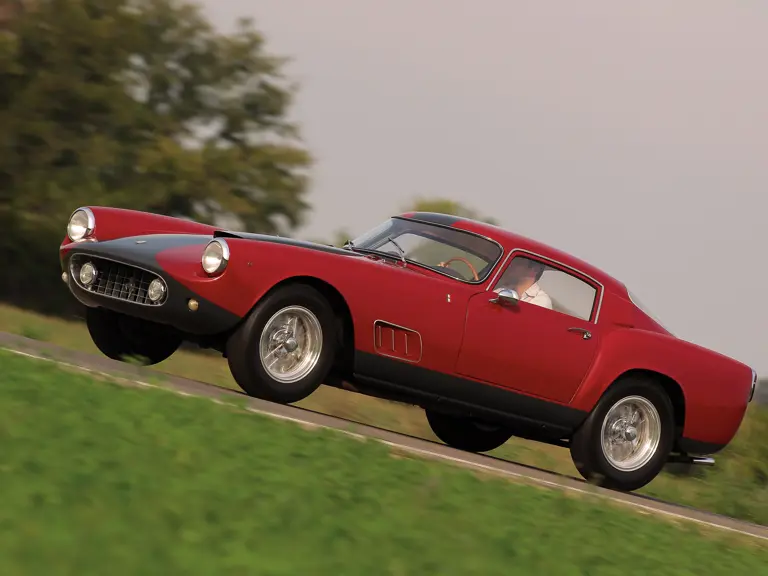

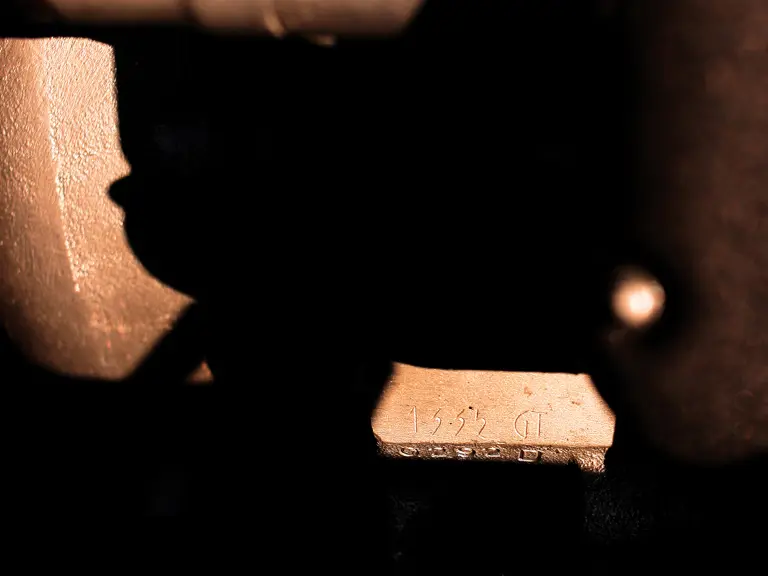
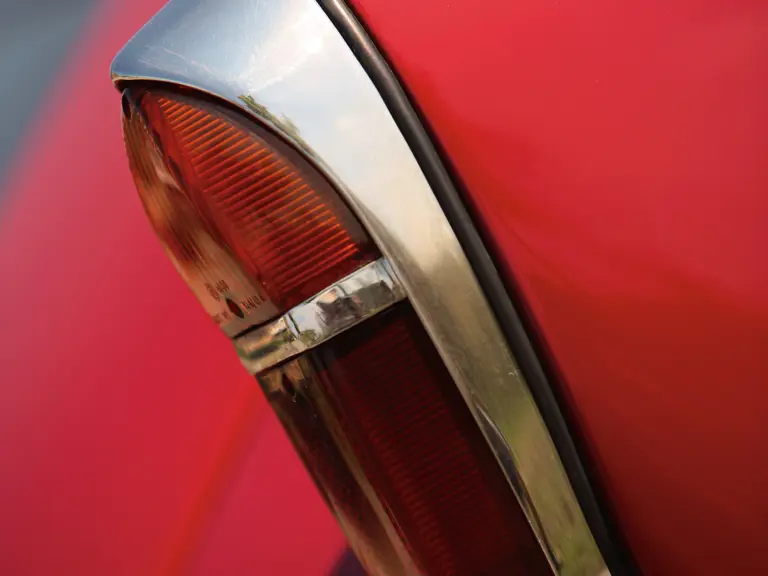
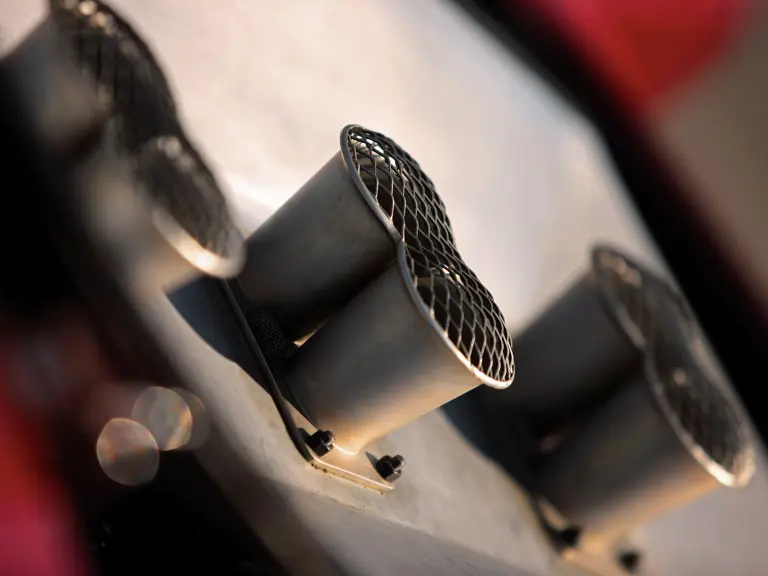

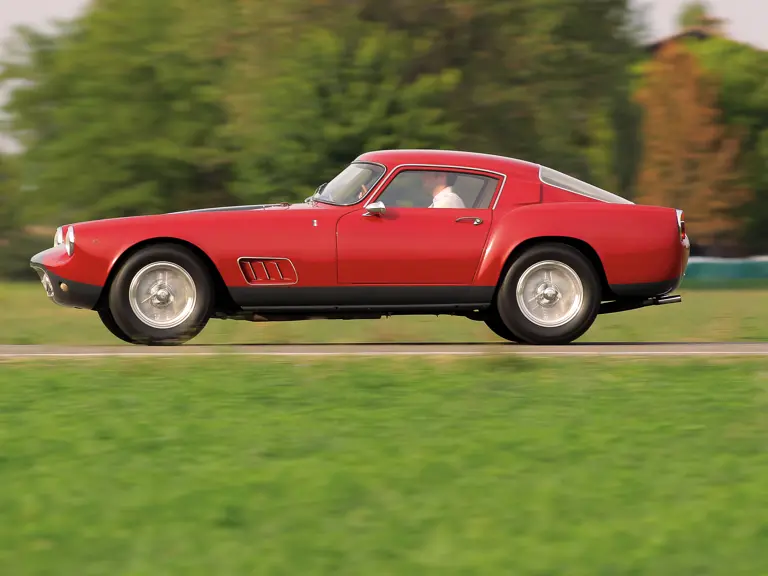
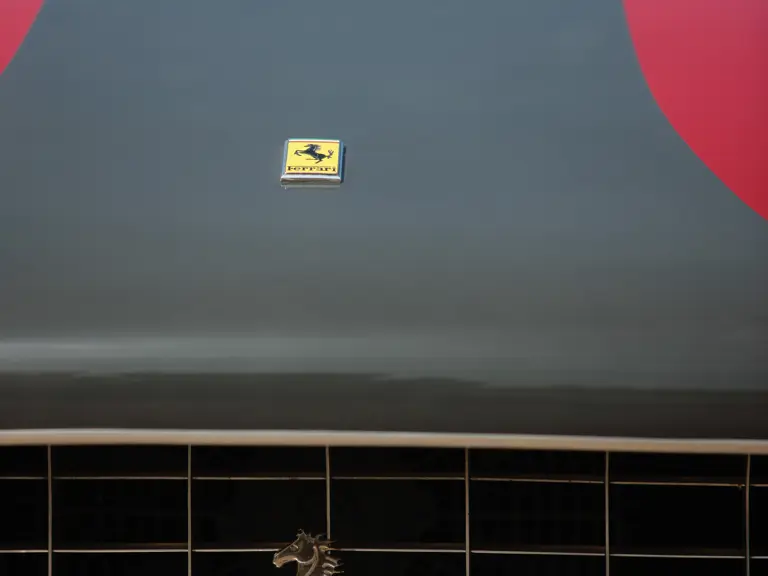


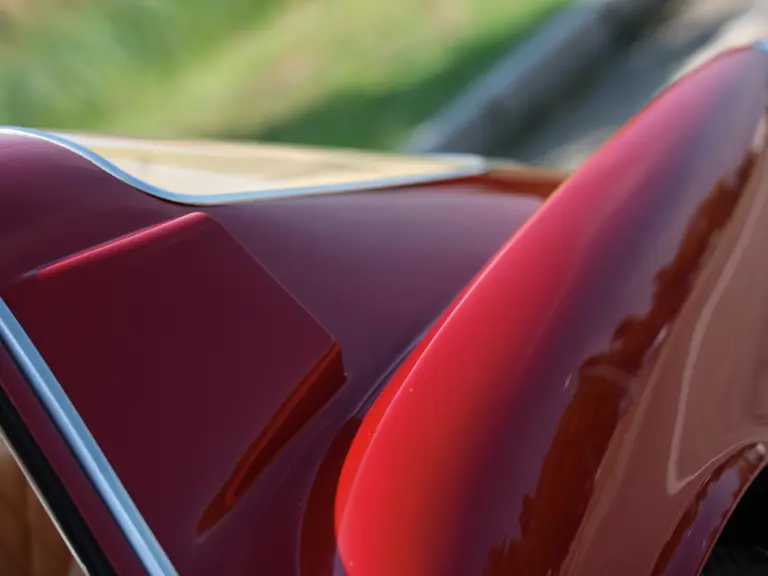

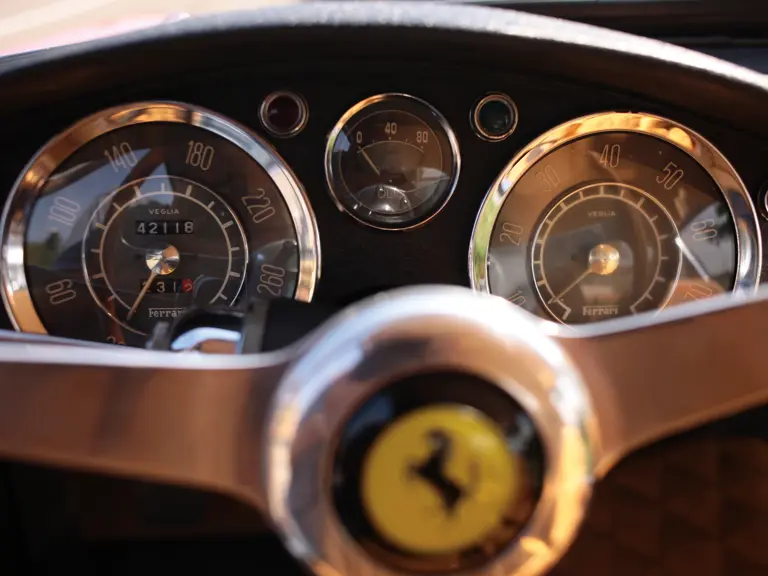
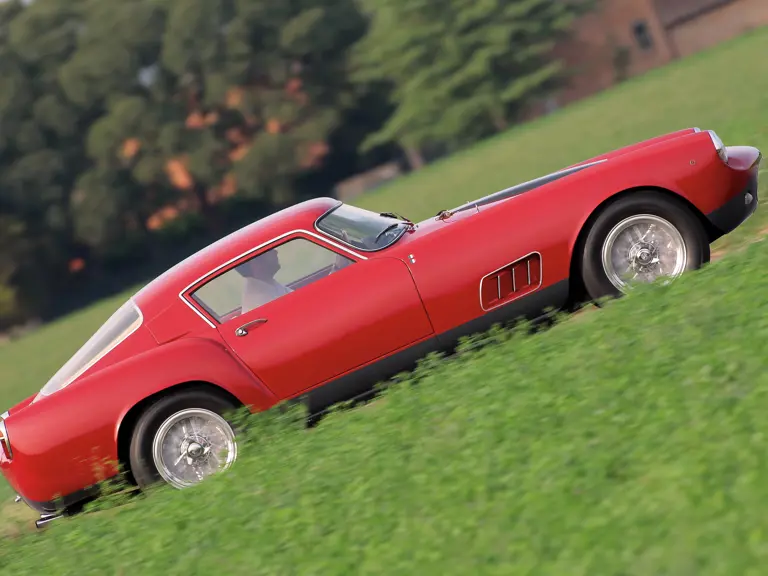
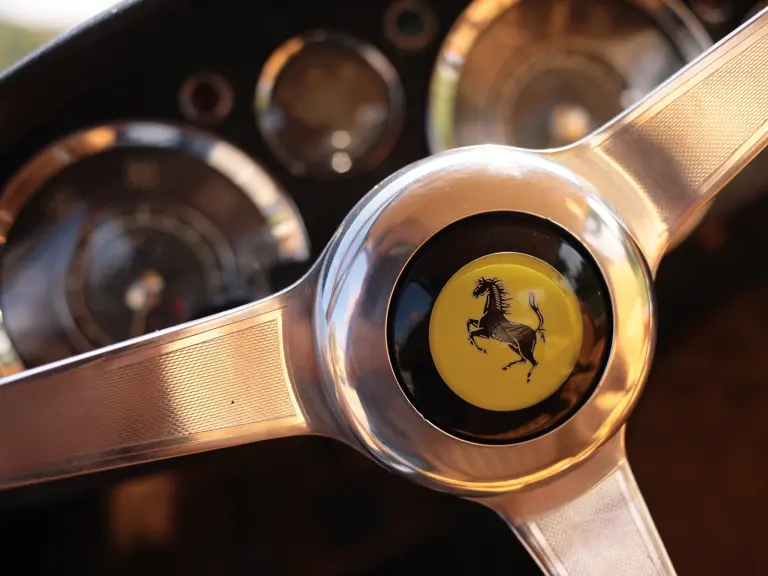

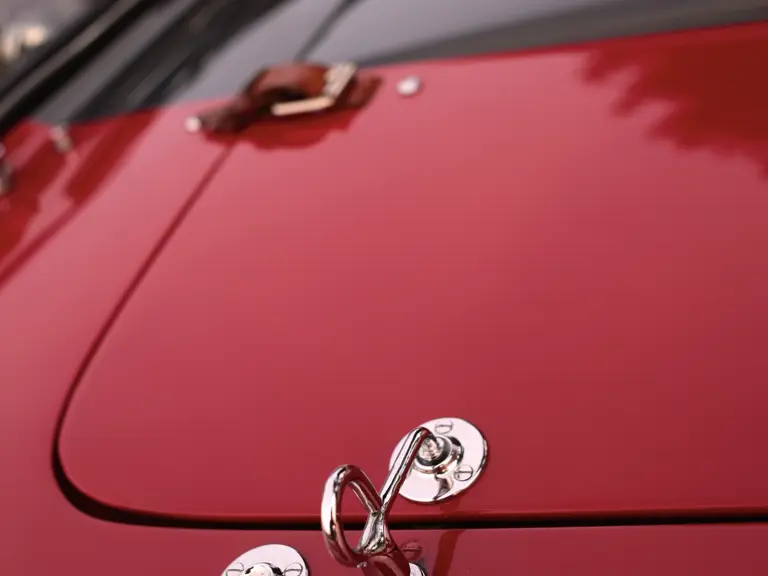
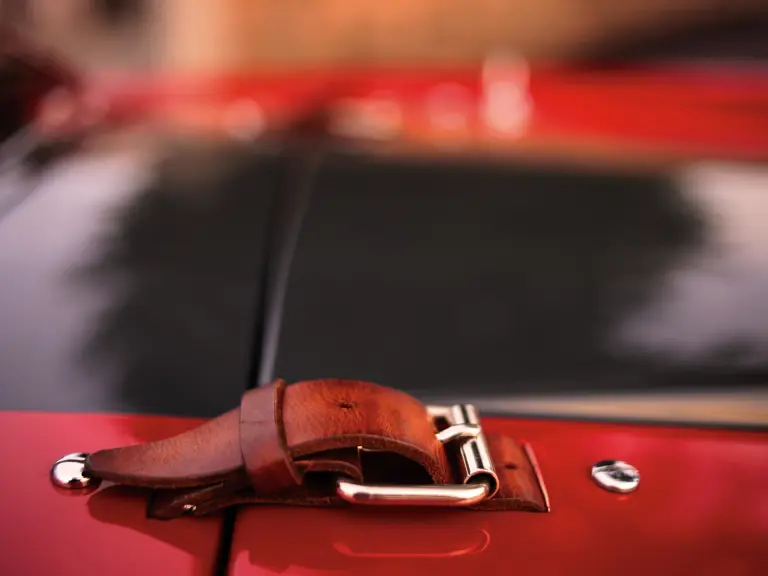

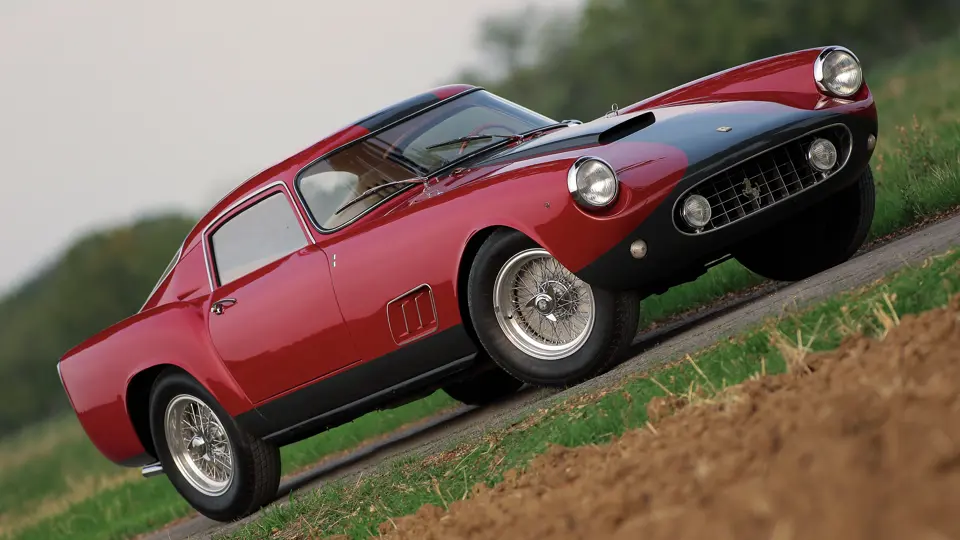
 | London, United Kingdom
| London, United Kingdom
